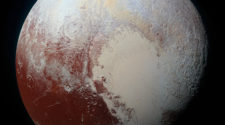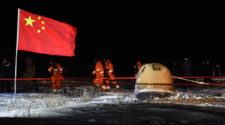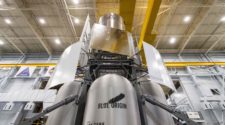
Neil Armstrong will forever be known as the first human to walk upon the Moon. He also is the featured topic in this edition of our new QuizMe series of educational content. Put your knowledge to the test with these 10 questions about the quiet and private astronaut that was thrust upon the world stage after Apollo 11. Afterward, please feel free to share your results and challenge your friends to take the test too.
Results
Well done. Appears you are a member of the Neil Armstrong fan club. And why shouldn’t you be? He was the very first human to place his bootprint on the Moon!
Being an expert on the Apollo moonwalkers is not an official requirement to become an astronaut. However, if you’d like to learn more about Armstrong, his biography may be available at your local library.
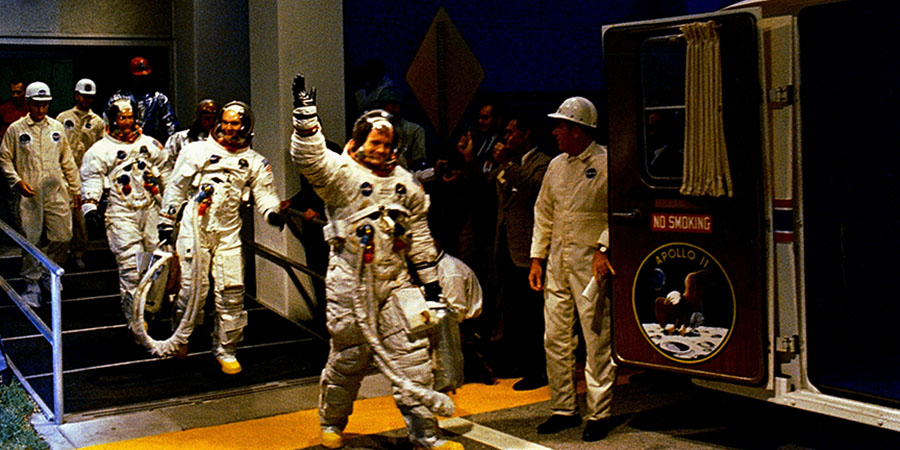
#1. On August 5, 1930, Armstrong was born in what town?
Armstrong is just one of the 25 astronauts that have Ohio hometowns (as of May 2019). John Glenn of Cambridge, Ohio was the first American to orbit the Earth, while Sunita Williams of Euclid, Ohio, has spent a total of 322 days in space.
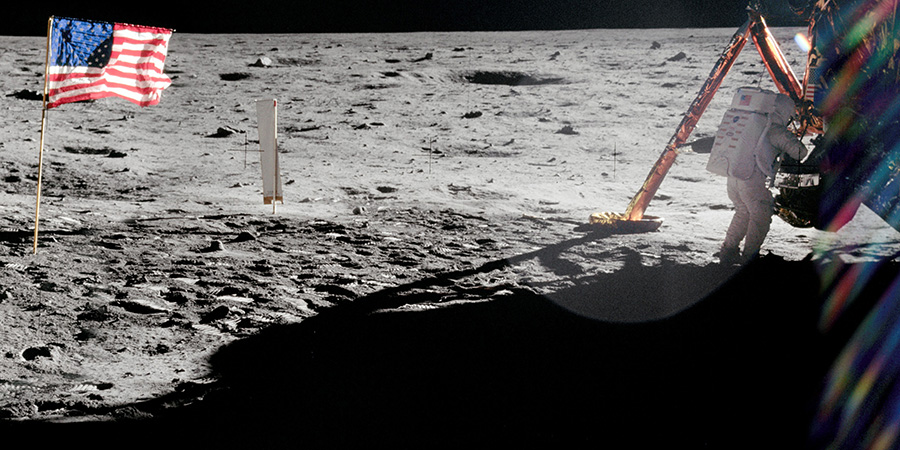
#2. How long was the lunar EVA conducted by Armstrong and Buzz Aldrin?
Only one moonwalking session was conducted during the Apollo 11 mission. Subsequent missions conducted two or more lunar excursions.
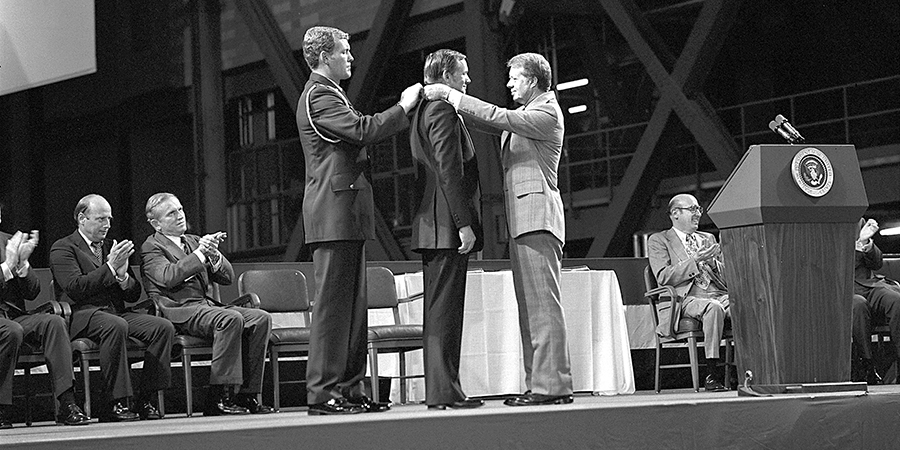
#3. After Apollo 11, Armstrong was decorated by how many countries?
Armstrong was the recipient of many honors during his lifetime. Among his decorations from the United States was the very first Congressional Space Medal of Honor, the Presidential Medal of Freedom and the NASA Distinguished Service Medal.
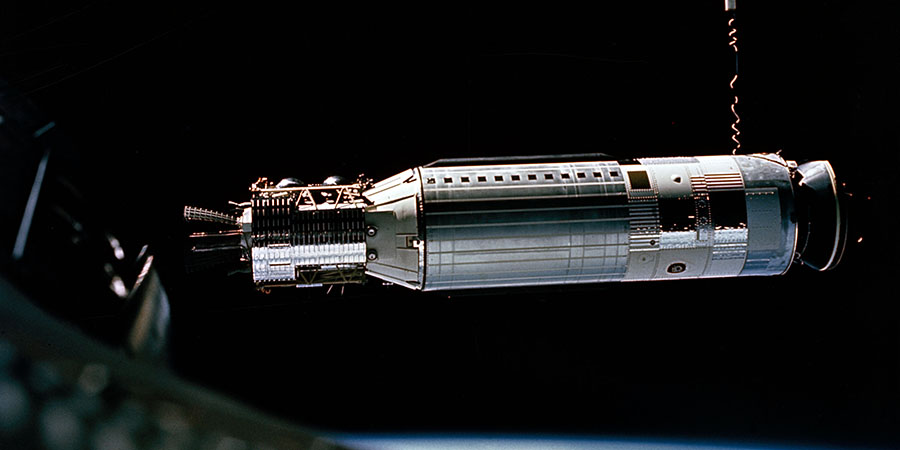
#4. The Gemini 8 mission accomplished which first(s) in space?
While Armstrong was the first American civilian to launch into orbit, he was not the first civilian in space. Cosmonaut Valentina Tereshkova was the first with her flight aboard Vostok 6 nearly three years earlier. Armstrong was considered a civilian astronaut as he had resigned his commission in the U.S. Naval Reserve back in 1960.
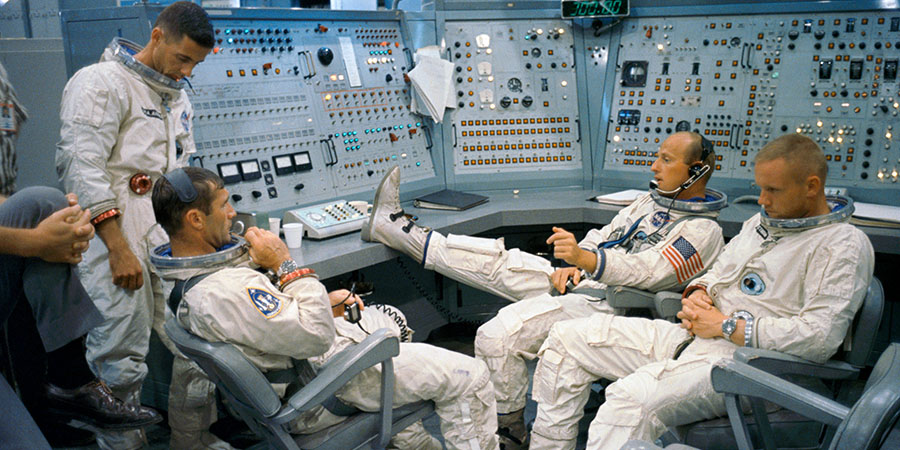
#5. After leaving NASA, Armstrong was a professor at which university?
For seven years, Armstrong was a professor of aerospace engineering at the University of Cincinnati. Previously, he had earned his bachelor’s degree from Purdue and his master’s degree from USC.
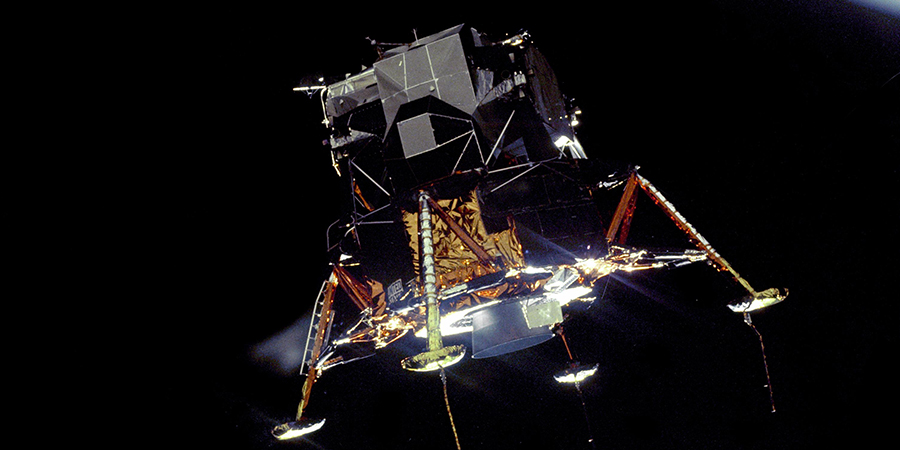
#6. Complete the sentence: “Houston. ___________________ here. The Eagle has landed.”
“Houston. Tranquility Base here. The Eagle has landed.” Those were the first words spoken back to Earth upon Apollo 11’s touchdown on the lunar surface. Mare Tranquillitatis is the official name of the area where they landed, hence the name of their outpost on the Moon.
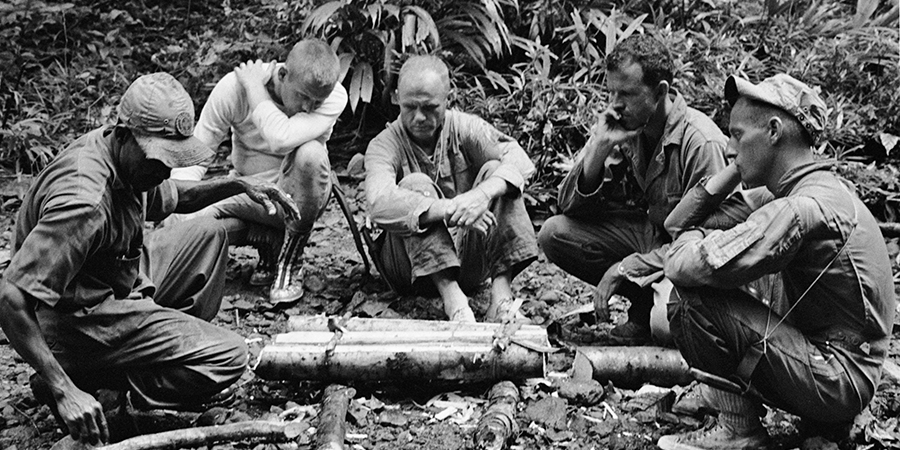
#7. Armstrong was part of which NASA astronaut group?
NASA Astronaut Group 2, also known as the New Nine, was the second group of astronauts selected by NASA. Announced in 1962, the group consisted of Neil Armstrong, Frank Borman, Pete Conrad, Jim Lovell, James McDivitt, Elliot See, Tom Stafford, Ed White and John Young.
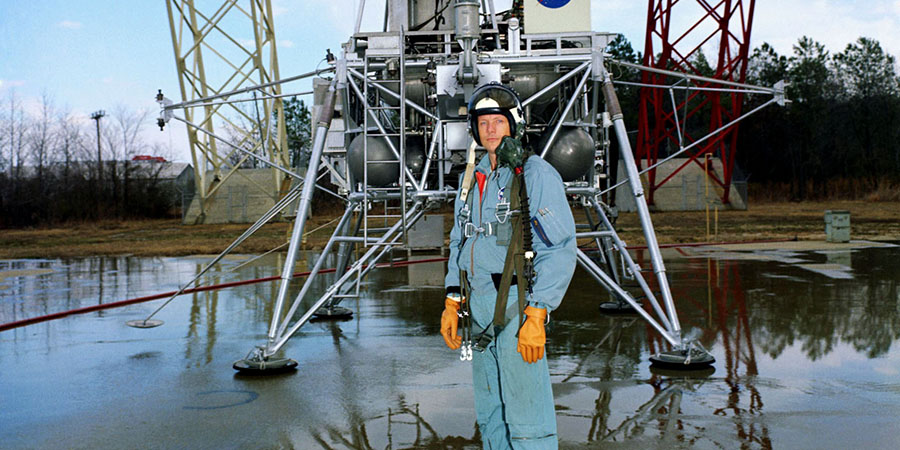
#8. Armstrong logged hours in more than 200 different aircraft?
During his years as an aerospace engineer, test pilot, naval aviator and astronaut, Armstrong flew more than 200 different models of aircraft, including jets, rockets, helicopters and gliders. He also piloted the Lunar Module down to the surface of the Moon during Apollo 11.
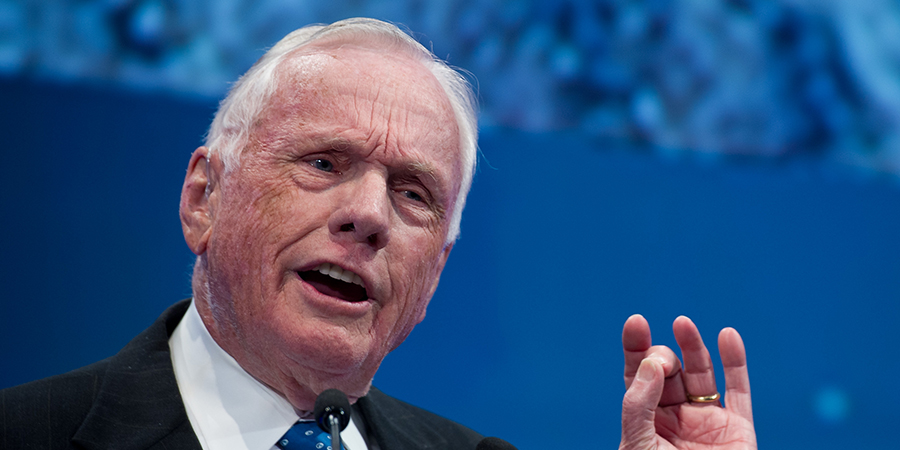
#9. Armstrong flew 78 combat missions as a Navy fighter pilot during which war?
After 18 months of flight training in Pensacola to become a Naval aviator, Armstrong first saw action in 1951 as he piloted a Grumman F9F Panther while serving aboard the aircraft carrier USS Essex. In all, he earned three Air Medals and the Korean Service Medal and Engagement Star.
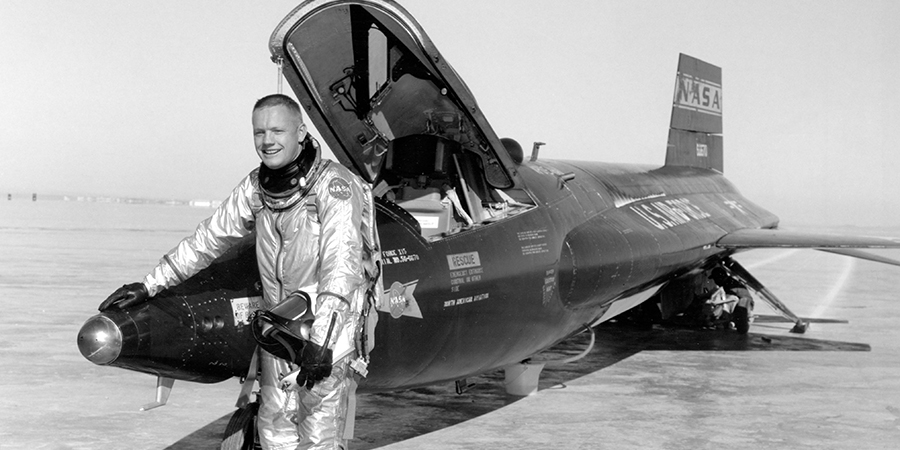
#10. As a test pilot, Armstrong flew the X-15 to a height of 207,000 feet. What was his top speed in the rocket-powered aircraft?
The X-15 set a world record for the highest speed by a crewed, powered aircraft in October 1967 when William J. Knight flew at Mach 6.70, a speed of 4,520 miles per hour. That record remains unbroken. Of the dozen pilots of the X-15 program, eight exceeded an altitude of 50 miles (80 km), thus qualifying for the awarding of astronaut wings. Ironically, Armstrong was not one of those eight pilots.




